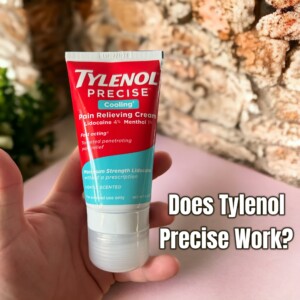
The Essentials of Choosing Locator Inserts for All-on-4 Implants
When I first started using All-on-4 dental implants, I quickly learned that the type of locator insert I used made a big difference in both comfort and functionality. These little inserts are what hold the dental prosthetics in place, connecting to the implants securely, yet still allowing for removal when needed. Choosing the right locator insert isn’t just about picking the first one the dentist suggests—it’s about finding the balance between cost, comfort, and retention.
Many people, including myself, get confused by terms like “fixed” and “removable” locator inserts. In reality, this choice isn’t always as straightforward as it sounds. Some inserts feel very secure, almost like they’re fixed, but they’re actually in the “removable” category. In addition, the terms “standard” and “extended range” often come up, each with different costs and retention strengths. To complicate things further, colors like green and purple indicate different levels of retention but don’t affect the insert’s type.
Through trial and error—and a few extra conversations with my dentist—I figured out the best locator inserts for my All-on-4 setup. This guide is here to help you avoid the same confusion I went through. Whether you’re weighing the costs or simply seeking a more secure hold, this guide will break down what you need to know about locator inserts for All-on-4 implants.
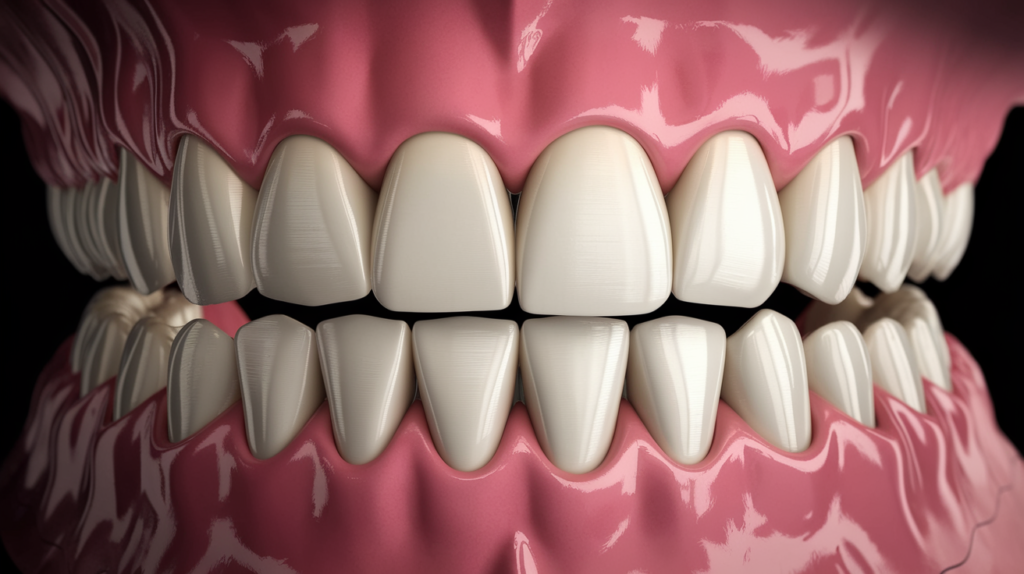
Understanding Standard and Extended Range Locator Inserts
In my experience, the key to getting the best fit with All-on-4 implants is understanding the different types of locator inserts, specifically standard and extended range inserts. Each of these types serves a unique purpose, impacting both the comfort and security of your implants.
Standard Locator Inserts:
Standard locator inserts are typically the default choice and fall into the “removable” category. They’re designed to give a moderate hold, making it easy to remove the prosthetic when needed. These inserts come in a range of retention strengths, which are represented by different colors. For instance, Locator Male Standard Extra Strong, Purple 8.0 lbs is an option for those needing extra strength but at a reasonable cost. They’re often sold in affordable 4-packs, making them a go-to for anyone who needs a budget-friendly, removable option.
Extended Range Locator Inserts:
Extended range inserts offer a stronger grip, even though they’re also technically removable. These inserts are excellent if you want something that feels closer to a “fixed” hold without the higher price of actual fixed inserts. Locator Male Extended Range, Green 3-4 lbs provides more retention than the standard options, which makes a huge difference in stability, especially for people who prefer a tighter hold.
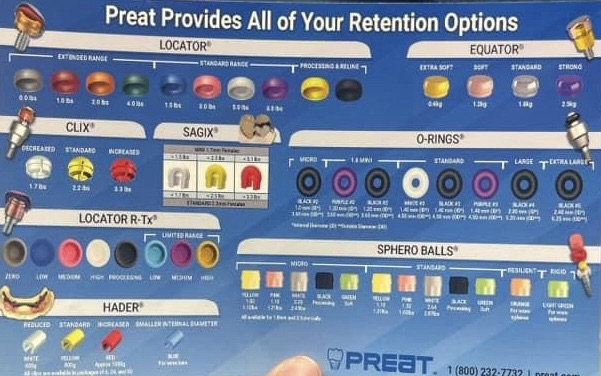
Does Color Matter?
One thing I learned the hard way is that the color of the insert mainly indicates the retention strength, not the functionality. It’s the type—standard or extended range—that truly matters. Colors like purple or green only reflect how tight the hold is, not whether the insert is fixed or removable. So, while color can guide you toward the right strength, it’s essential to focus on the type of insert to get the comfort and security you want.
By understanding the difference between standard and extended range inserts, you can find the right balance between affordability and hold strength for your All-on-4 implants.
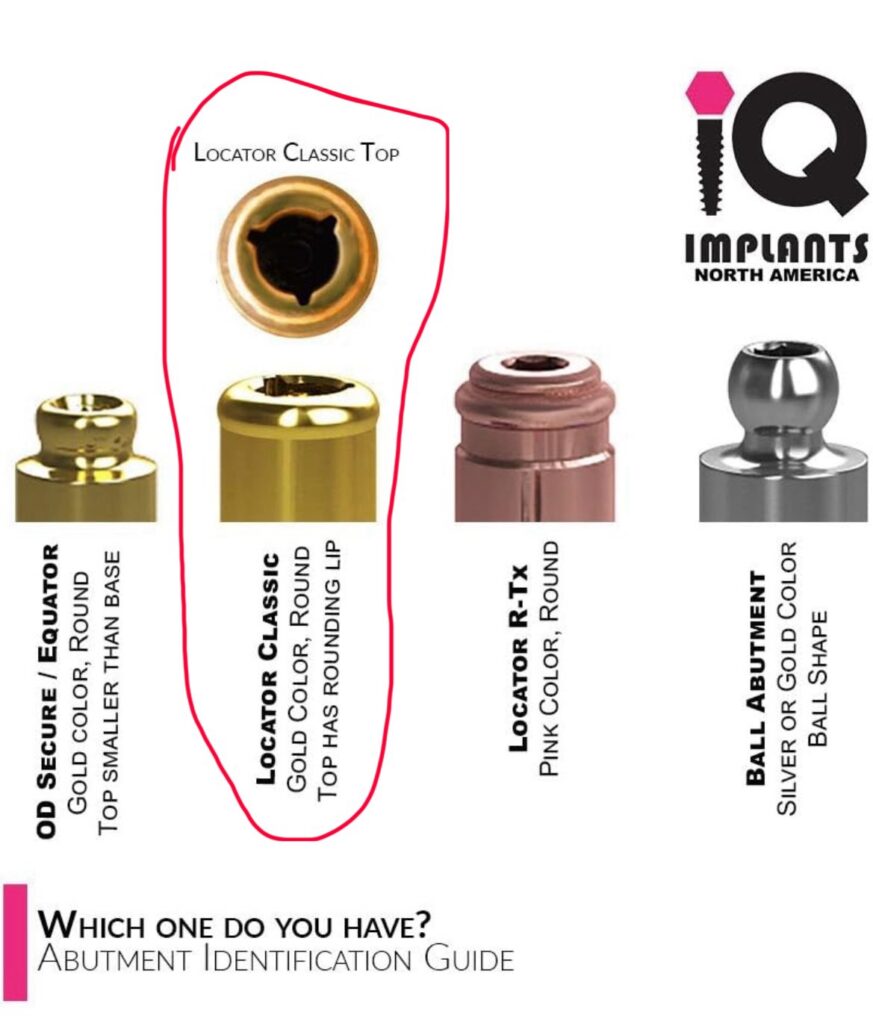
The Truth About “Fixed” Locator Inserts: My Experience
When I first started using locator inserts, I thought I had “fixed” inserts due to how tightly they held my prosthetics in place. They were secure enough that I rarely noticed any movement, and I was sure that was because they were the “fixed” type. But after some research and a few conversations with experts, I discovered that what I was actually using were extended range inserts.
If you need or are looking for the standard inserts, click here to buy on Amazon!
Here’s where the confusion often lies: extended range inserts can provide a firm, almost fixed feel, yet they’re technically still removable. True “fixed” locator inserts are a different category altogether and often come at a significantly higher cost—around $100 each at many dental offices. The extended range inserts, however, offer a strong hold at a fraction of that price. In fact, they’re usually priced similarly to standard inserts, making them a more affordable option for those of us who want added retention without the full expense of a fixed insert.

After this realization, I decided to switch to standard removable inserts to save a bit more, but I quickly found they didn’t hold as securely for me. So, I went back to the extended range inserts, realizing they gave me just the right amount of stability without the high cost. This is a perfect example of why understanding the difference between fixed and extended range options matters—if you’re like me and want a tight hold without overspending, extended range inserts might be just what you need.
In short, if you’re looking for something that feels close to fixed but want a more budget-friendly solution, extended range inserts could be the perfect choice.
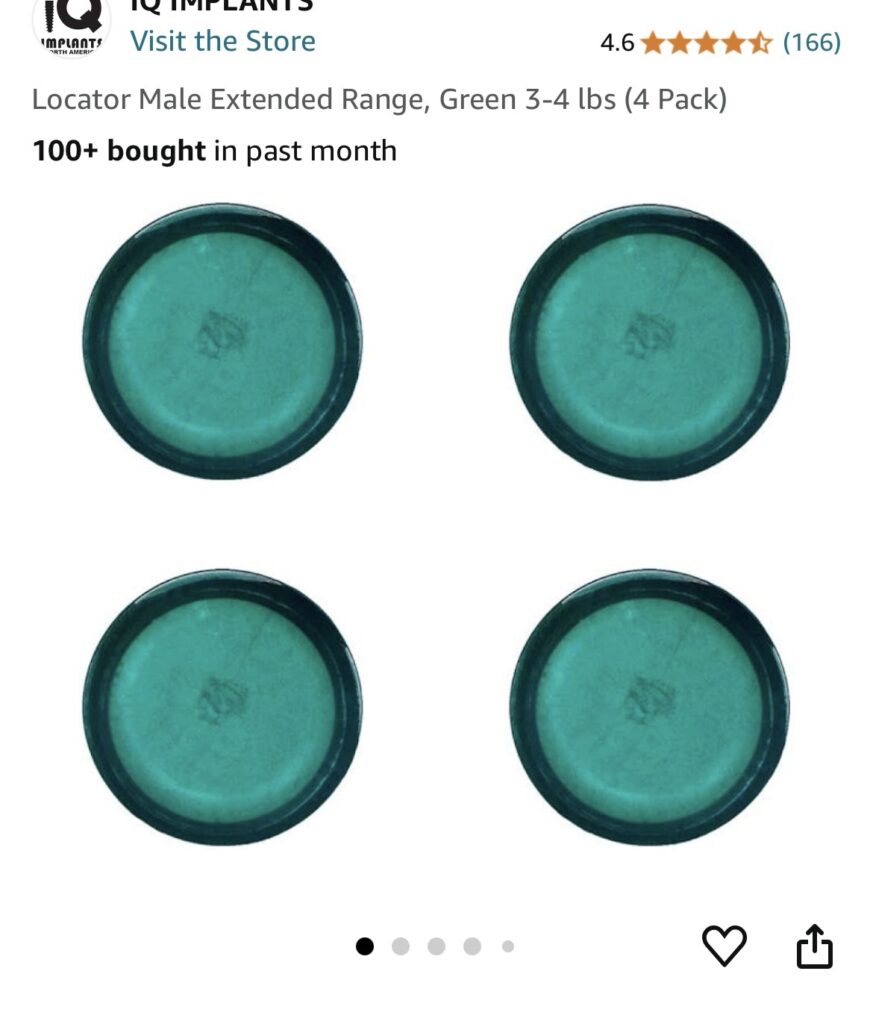
Why I’m Switching Back to Extended Range: Finding the Right Balance
Now that I fully understand the difference between locator inserts, I’ve decided to go back to the extended range inserts that held so much better for me—even though I initially thought they were “fixed.” Turns out, I was never actually using fixed inserts; I just had extended range inserts, which offered a secure, almost fixed feel.
When I recently switched to the standard inserts to save money, I quickly noticed the difference. My implants felt looser, and the hold wasn’t as firm, making everyday tasks less comfortable. Realizing this, I now know that the extended range inserts are the ideal choice for my needs. They may not technically be fixed, but they provide a much tighter hold than standard inserts without the hefty price tag of true fixed options.
Going forward, I’m sticking with extended range inserts because they strike the right balance between stability and affordability. For anyone facing the same decision, extended range can be an excellent option if you want a stronger hold without the full cost of fixed inserts.
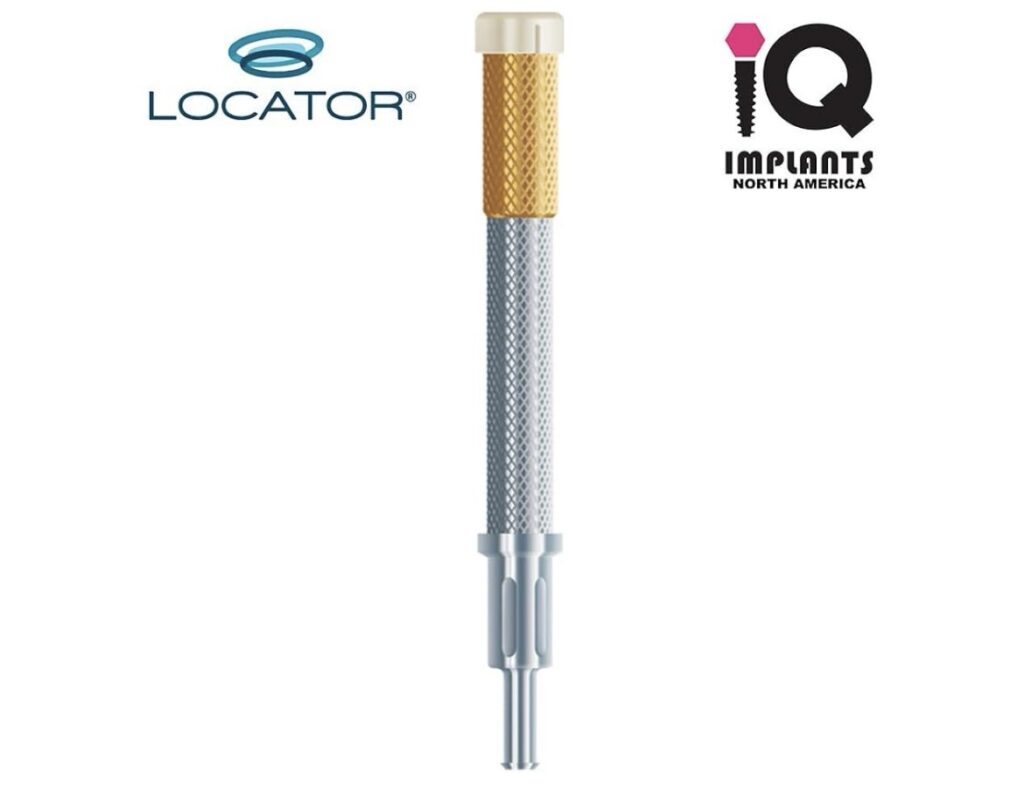
How to Replace Locator Inserts at Home (DIY Guide)
Replacing locator inserts at home is simpler than it seems, and with the right tools, you can do it yourself without a visit to the dentist. After learning about different locator types, I realized that having control over changing them at home saves both time and money, especially if you’re experimenting with standard versus extended range inserts. Here’s a quick guide based on my experience:
Step 1: Gather Your Supplies
To safely and effectively replace locator inserts, you’ll need the Locator Core Tool. This tool is specifically designed to remove and install locator inserts without damaging the implant housing.
Step 2: Remove the Old Insert
Using the Locator Core Tool, carefully unscrew the old insert from your implant. Align the tool with the insert, and give it a gentle twist to release the locator. It’s important to go slowly to avoid any damage to the housing.
Step 3: Insert the New Locator (Standard or Extended Range)
Choose your preferred locator insert based on the retention level you need—standard or extended range. Once you have the new insert ready, attach it to the Locator Core Tool and position it in the implant. Twist it gently until it’s secure.
Step 4: Test the Fit
After installing the new insert, test the fit of your prosthetic. You should feel a firm but comfortable hold. If you opted for extended range inserts, you should notice the added stability immediately. If the fit feels too loose or too tight, you may want to try a different retention level to find your ideal hold.
Replacing locator inserts at home is not only convenient but also cost-effective, especially if you’re switching between types to find the perfect match. With a little practice and the right tools, DIY insert replacement can be an easy part of your implant care routine.
Choosing the Right Locator Insert for Your Needs: Factors to Consider
When it comes to selecting locator inserts, there are a few key factors that can help you find the right fit for both your comfort and budget. After trying different options, I realized that finding the best locator insert for All-on-4 implants comes down to three main considerations: budget, retention needs, and comfort.
1. Budget
Cost is often the first factor. Standard inserts, like the Locator Male Standard Extra Strong, Purple 8.0 lbs, are generally more affordable, especially since they come in 4-packs. Extended range inserts, such as the Locator Male Extended Range, Green 3-4 lbs, offer more retention without the expense of true fixed inserts. If you’re balancing cost and function, extended range inserts offer a tighter hold for roughly the same price as standard inserts, making them an economical choice for those wanting a bit more stability.
2. Retention Needs
Your retention needs—how tightly you want the prosthetic to hold—are key in choosing the right insert type. Standard inserts are ideal for those who prefer a bit more flexibility in removability. However, if you’re like me and want a stronger hold that still allows for easy removal, extended range inserts provide that extra security. They’re technically removable, but they feel much closer to a fixed solution without the high price.
3. Comfort
Comfort is essential, especially for daily wear. Each color of insert represents a different retention strength, but it’s the type (standard vs. extended range) that really affects how the locator functions and feels. Extended range inserts, for example, give a more stable fit, which I’ve found to be much more comfortable for all-day use.
Finding the right locator insert for your needs often takes a bit of trial and error, but once you understand these key factors, it becomes much easier to make a choice that works for your lifestyle and budget.
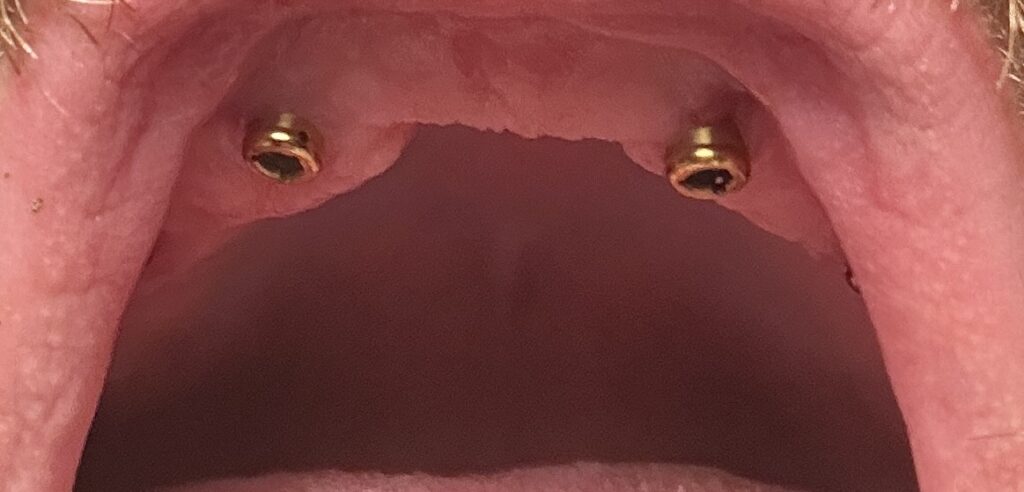
Keeping Your Implants Secure: Final Thoughts on Locator Inserts
After navigating through the different locator insert options, I’ve come to realize that the right choice is ultimately a balance of budget, hold strength, and personal comfort. While it’s easy to get lost in terms like “standard,” “extended range,” and “fixed,” understanding the key differences can save you time, money, and hassle.
Standard locator inserts work well for those who need a removable, budget-friendly option, especially if you don’t need an extremely tight hold. However, if you’re looking for added stability, extended range inserts can be a fantastic middle ground. These inserts offer a secure hold that feels close to fixed but remains removable, which, for me, turned out to be exactly what I needed. Switching back to extended range inserts gave me that reliable grip without the high cost of true fixed options.

Whether you’re using standard or extended range inserts, knowing how to replace them at home with a Locator Core Tool gives you control over your All-on-4 maintenance. By staying proactive and exploring different options, you can find the perfect balance that makes your implants feel secure, comfortable, and right for you. With this knowledge, you’ll be well-equipped to choose the best locator inserts for your needs, just as I did.
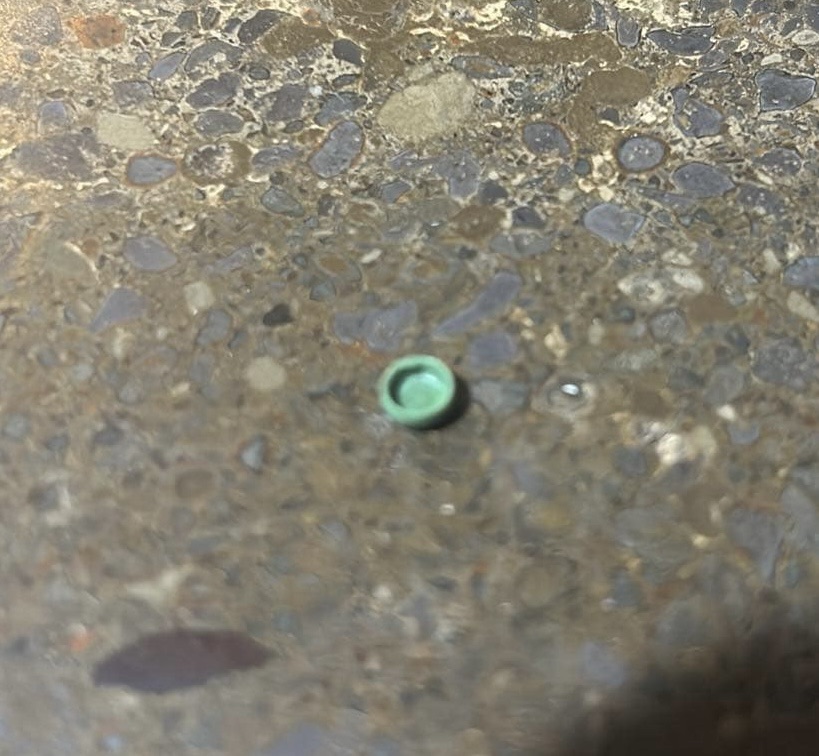
FAQ: Common Questions About Locator Inserts for All-on-4 Implants
1. What’s the difference between standard and extended range locator inserts?
Standard inserts provide a moderate hold and are generally the more affordable option, ideal for those who want easy removability. Extended range inserts, while also technically removable, offer a tighter, more secure hold. They can feel close to a “fixed” insert but at a fraction of the cost, making them a good option if you prefer a more stable fit.
2. Are “fixed” locator inserts actually permanent?
No, “fixed” locator inserts aren’t permanently bonded, but they offer a much firmer hold compared to removable types. They’re typically pricier and meant to feel less removable, though they can still be removed by a dentist. Many people find that extended range inserts provide a similar level of stability without the high cost of true fixed options.
3. Does the color of the locator insert matter?
Color indicates the retention strength, not the functionality. For instance, purple and green are different retention strengths, but it’s the type (standard vs. extended range) that affects how they perform. If you’re looking for tighter retention, focus more on whether the insert is standard or extended range rather than the color alone.
4. Can I replace locator inserts at home?
Yes, with the right tools, you can replace locator inserts yourself. A Locator Core Tool is essential for safely removing and installing inserts. DIY replacement is straightforward, but be sure to follow instructions to avoid damaging your implant housing.
5. How do I know which locator insert retention strength is right for me?
Choosing the right retention strength depends on how secure you want your prosthetics to feel. Lower retention strengths make for easier removability, while higher retention strengths offer a firmer hold. Extended range inserts often provide an ideal balance for those wanting a tight, stable fit that’s still removable.
6. Are extended range inserts as durable as fixed options?
Extended range inserts are durable and provide strong retention, but fixed options may last longer in terms of hold strength since they’re designed for a more permanent feel. However, extended range inserts are a cost-effective solution that can hold up well over time with regular replacement when necessary.
7. Where can I find affordable locator inserts for All-on-4 implants?
Locator inserts are available from dental suppliers, but you can also find standard and extended range inserts online at competitive prices. Just ensure compatibility with your All-on-4 system and consult your dentist if you have any questions about which type is best for you.
This FAQ covers some of the most common questions I had when navigating the world of locator inserts. Hopefully, it helps clarify the different options available so you can make the best choice for your All-on-4 implants.
As an Amazon Associate we earn from qualifying purchases through some links in our articles.




